

Including Real Estate in Your Pension Plan’s Investments
Many people are aware of self-directed retirement plans for individuals (solo 401(k) plans and IRAs), which allow account owners to include many alternative assets in their plans—including real estate. This brings up the question of whether a pension plan is permitted...
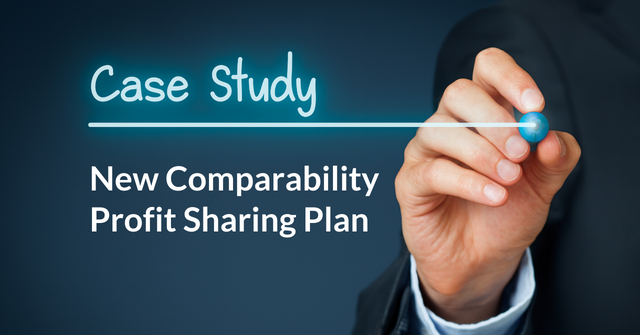
Case Study: How Adding a New Comparability Profit Sharing Component to an Existing 401(k) Plan Minimized Taxes and Maximized Retirement Savings for a Small Business
A veterinarian in upstate New York has been running a successful practice for 10 years. The company is a C-corporation, co-owned by a husband and wife in their 40s who are on W-2 salary, as are five additional employees in their late 20s. The business had an existing safe harbor 401(k) plan, administered by a payroll provider, that provided a contribution of 3% of pay to its employees.
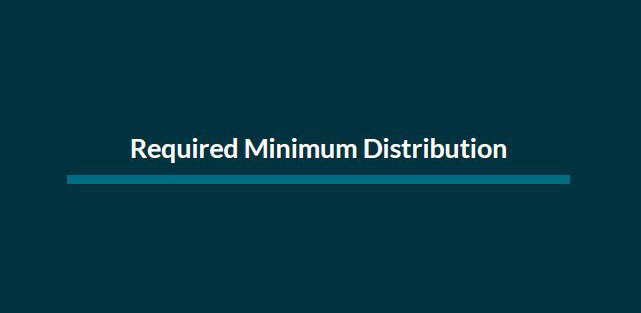
Required Minimum Distributions
How is the amount of the RMD calculated? RMDs are calculated for each account by dividing the prior December 31st balance of that retirement plan account by a life expectancy factor provided by the IRS.

How Nonqualified Deferred Compensation Benefits Employers and Employees
Employers who offer a qualified retirement plan already know that this benefit helps attract employees while helping workers build retirement savings.
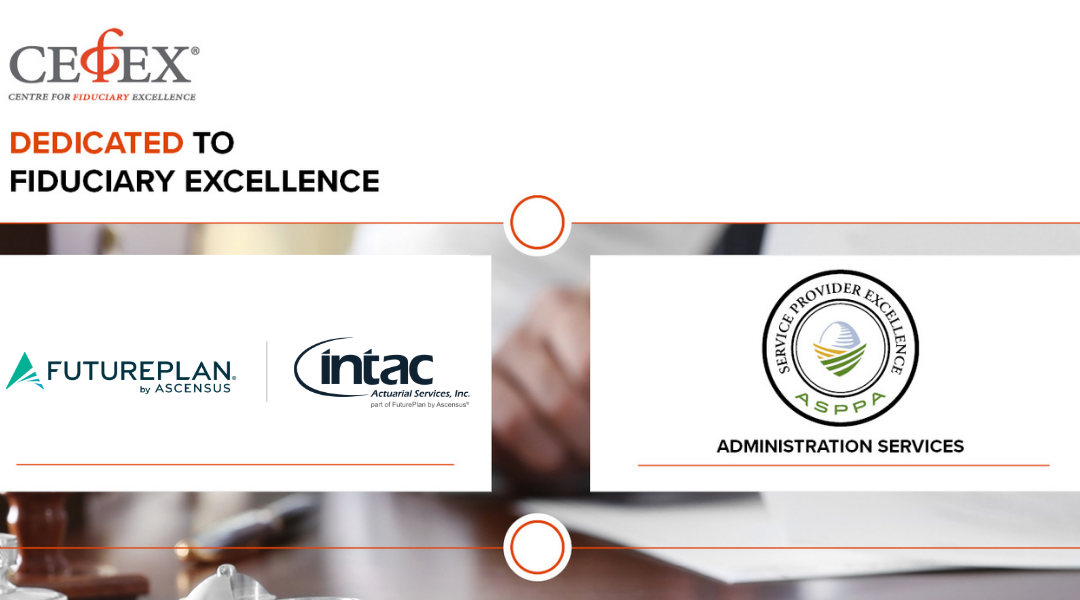
Intac FuturePlan Receives Renewed CEFEX® Certification
Intac Actuarial Services, Inc., part of FuturePlan by Ascensus (Intac FuturePlan) is pleased to announce that it has been certified for the ninth consecutive year by the Centre for Fiduciary Excellence, LLC (CEFEX) as adhering to the American Society of Pension Professionals & Actuaries (ASPPA) Standard of Practice for Retirement Plan Service Providers.
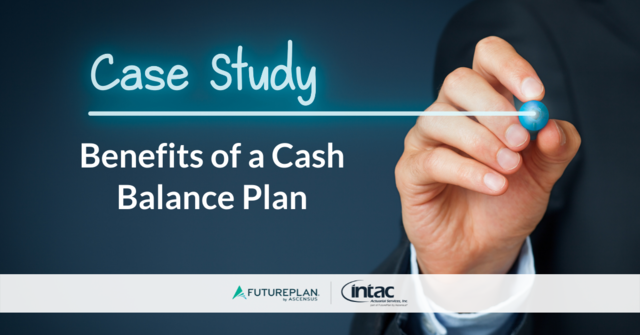
Case Study: How a Cash Balance Plan Minimized Taxes and Maximized Retirement Savings for a Small Business
A successful independent, family-owned, upscale jewelry business has been in operation for nearly 50 years. The company is a C corporation, co-owned by a husband and wife who are on W-2 salary, as are five additional employees. The business had an existing safe harbor 401(k) plan that provided a contribution of 3% of pay to its employees; the plan was administered by a bundled retirement plan provider.

Fidelity Bonds: Just the FAQs
Under Department of Labor (DOL) regulations, most retirement plans need to maintain a fidelity or surety bond. A fidelity bond protects the assets in the plan from misuse or misappropriation by the plan fiduciaries. Plan fiduciaries include the plan trustees and any person who has control over the management of the plan and its assets.
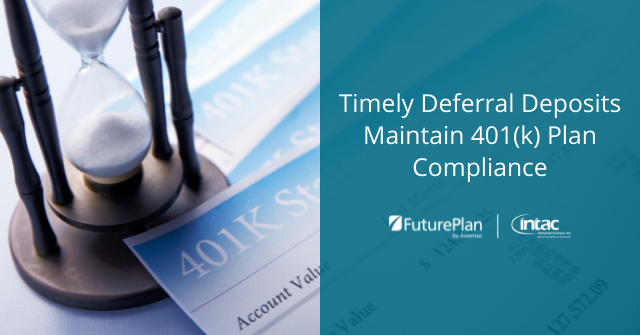
Timely Deposits of Employee 401(k) Deferrals to Maintain Plan Compliance
The matter of timely deposits is a key compliance issue regarding a company’s 401(k) plan. Plan sponsors have a fiduciary responsibility to deposit participant contributions in a timely manner—and act in the participants’ best interests.

New Jersey Secure Choice: What Advisors Need to Know Now
Charles Rosenberg covers the high points of what advisors and employers need to know now about “New Jersey Secure Choice.” (4 minutes)
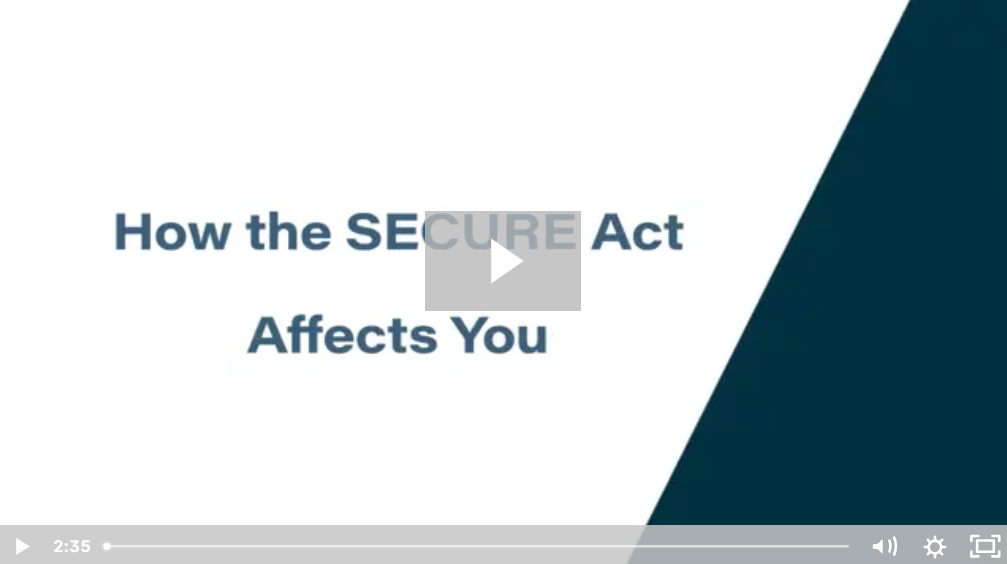
How the SECURE Act Affects Employer Plan Tax Credits
On December 20th 2019, President Trump signed the further consolidated appropriations act. Included in this bill was the SECURE Act, which contains legislation affecting the small employer’s start credit.